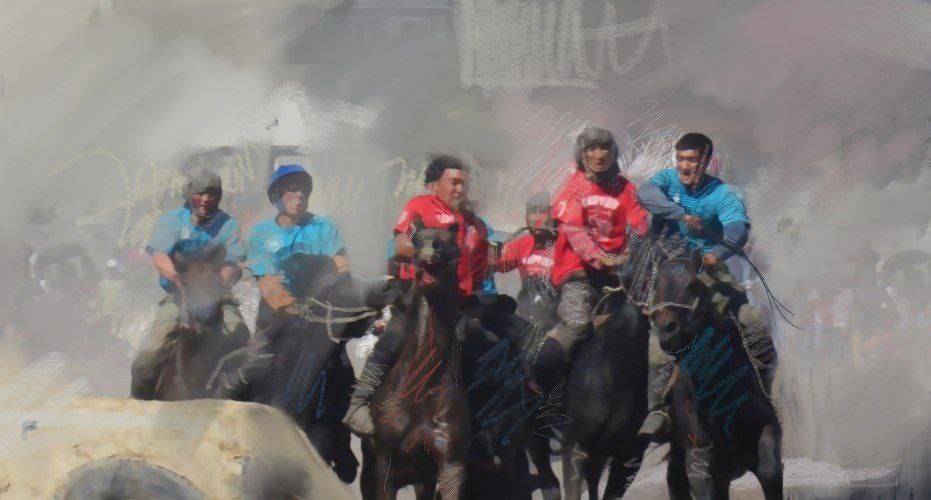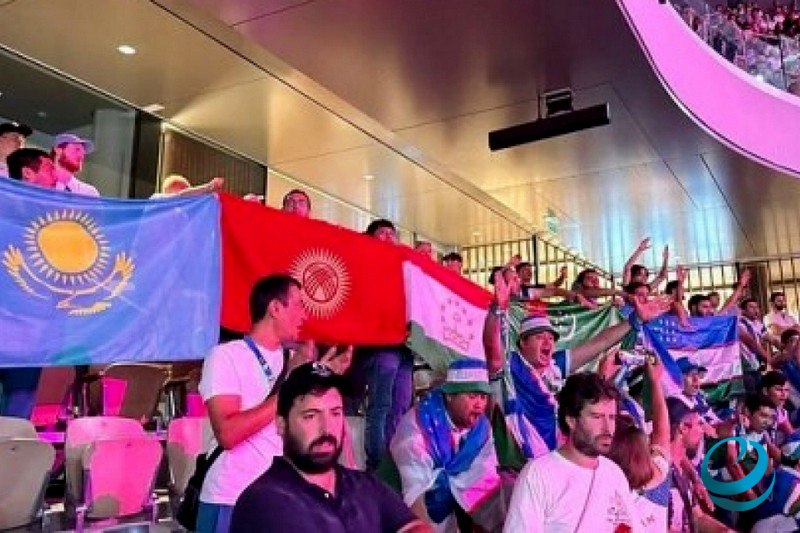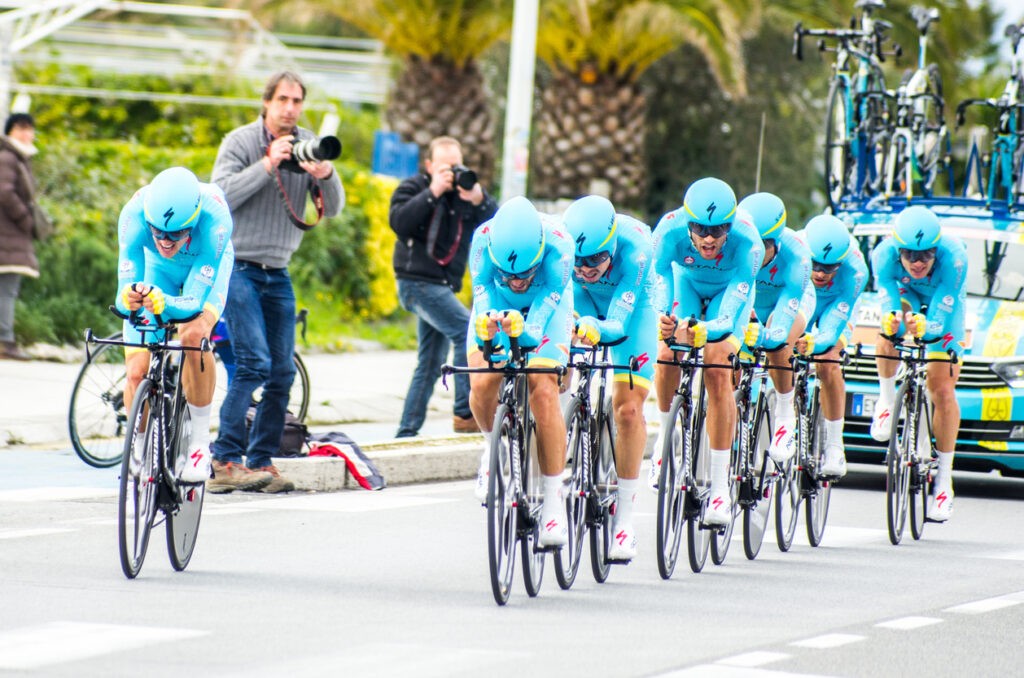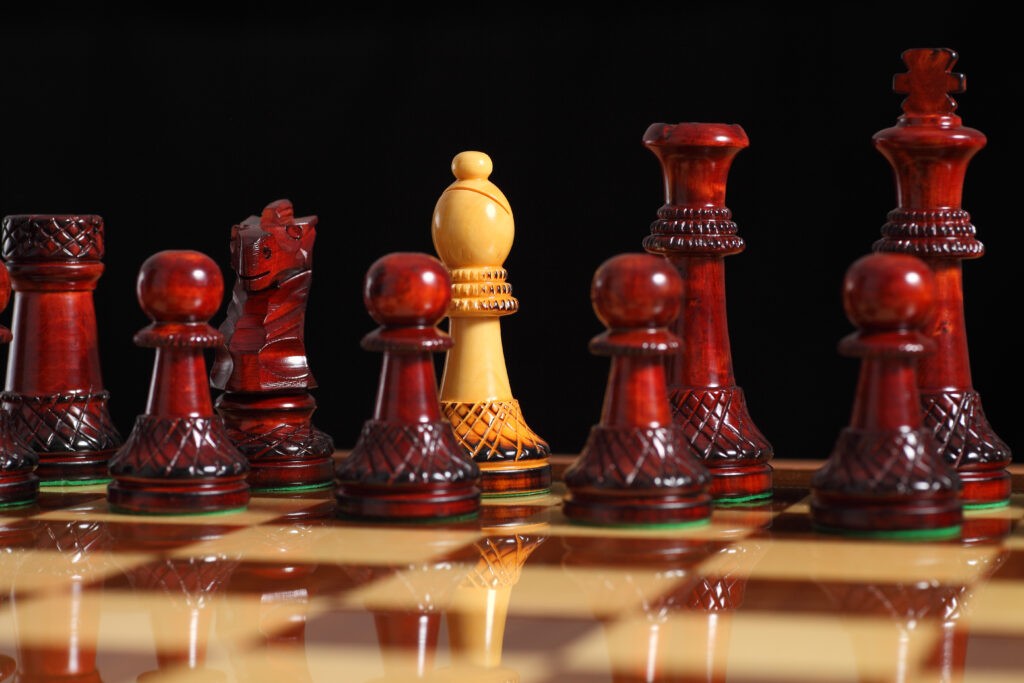The World Nomad Games: Capturing a Sense of the Great Steppe
The 5th World Nomad Games, set to be hosted in Astana from September 8-13, is Central Asia's largest national sports competition and, complemented by unique cultural and scientific programs, attracts participants and spectators from throughout the world. As reported by TCA, there is a distinctive festive fizz in the air as the city prepares to welcome visitors, with streets, shopping centers, public spaces and even buses already festooned with flags and colorful decorations. Ablai Kondybaev, the Deputy Head of the Directorate responsible for preparing and organizing the 5th World Nomad Games, spoke to The Times of Central Asia about how the event allows visitors to experience the spirit of the Great Steppe. TCA: The geographical scope of the Nomad Games is steadily expanding worldwide. How many countries will participate this year and how many tourists and spectators are expected to attend? AK: The Games have a ten-year history. Having originated in Kyrgyzstan in 2014, they have since been held three times in the Kyrgyz city of Cholpon-Ata and on the shores of Lake Issyk-Kul. Over the relatively short period since it began, the event has grown dramatically. The first Games attracted participants from 19 countries mainly from Central Asia where there is a historic nomadic culture, whereas the 4th Nomad Games hosted by Iznik, Turkey, in 2022, saw athletes competing from 81 countries. It's very interesting to track the geography of engagement. In previous Games, for example, countries such as New Zealand and Madagascar participated. Superficially, they have nothing to do with nomadic culture, yet consider themselves descendants of nomads. Such things bring us closer together; in the distant past, all humanity was nomadic. To date, we have received applications for participation from 89 countries to compete in this year's event. The Nomadic Games are a new and interesting phenomenon, offering unique and highly engaging spectacular sports, unfamiliar and exotic to European and Western audiences. As such, the Games are becoming increasingly popular abroad. Today's geographical representation of athletes is expansive, with countries including Venezuela, Ireland, Gambia, and Brunei participating for the first time. For ten years, countries from literally all continents have joined the event and perhaps in the future, we will reach a point where interest in our national sports is on a par with the Olympics or soccer championships. [caption id="attachment_21887" align="aligncenter" width="2560"] Falconry in Cholpon-Ata, Kyrgyzstan; image: Stephen M. Bland[/caption] TCA: Is it significant that the month of September was chosen for the Games? AK: Absolutely. September is when nomads traditionally celebrate the completion of the migration with their caravan of yurts and animals from their summer to winter camp with a toi ; an event comprising feasts, rituals, games and competitions. TCA: Which competitions generate the most excitement amongst spectators: Horse racing, archery, wrestling? AK: Nomadic life is directly related to horses, and year on year we observe how people who know nothing about steppe culture are particularly fascinated by our equestrian sports. Always spectacular and challenging, they take the audience's breath away. But...






